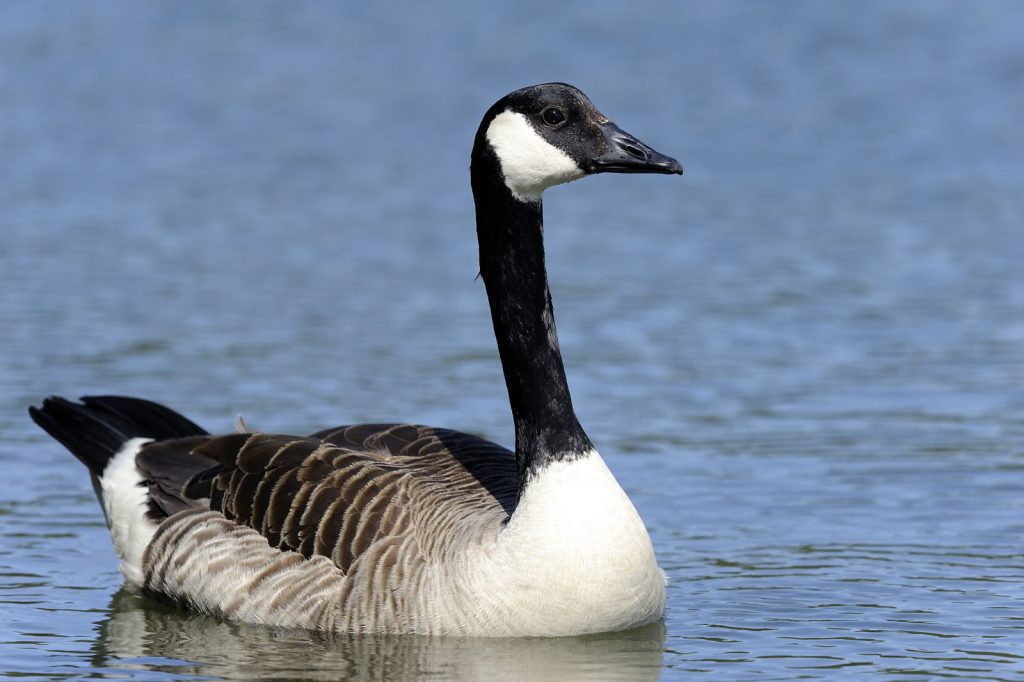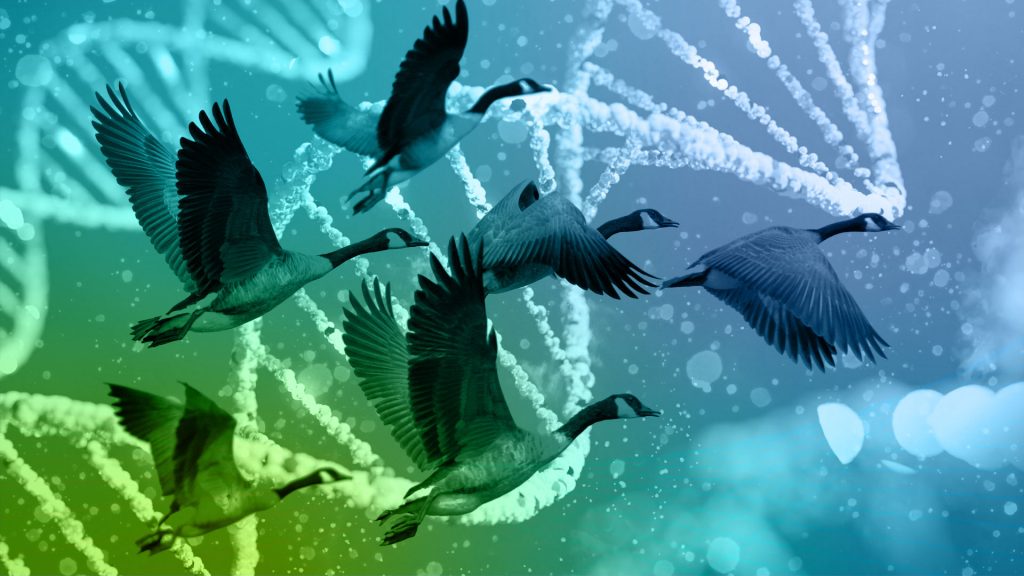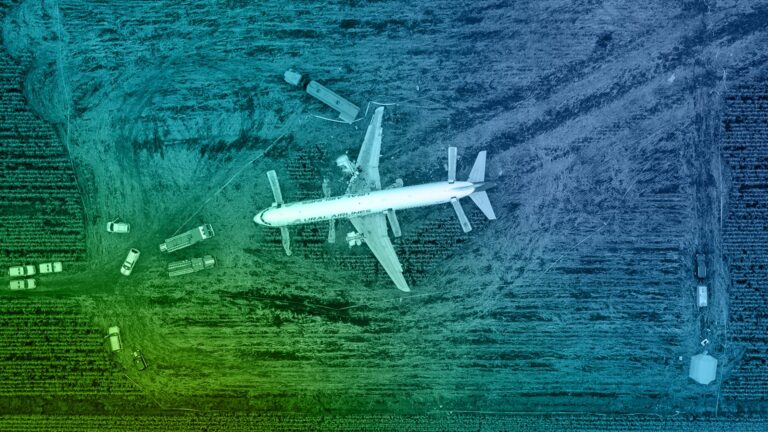January 15 will mark the fourteenth anniversary of the ditching of US Airways Flight 1549 on the Hudson River in New York following multiple Canada geese strikes. The story of the 2009 ‘miracle on the Hudson’ is well known. Captain Sullenberger and the flight crew’s measured actions in landing the A320 and the 155 people aboard safely with no fatalities have been widely publicised and rightly acclaimed.
However, there were also some ‘miracles’ of scientific analysis following the accident which have not received the same recognition. This analysis has specific implications for the subsequent ‘management’ of Canada geese populations in North America, and generally, highlights the importance of data for effective wildlife hazard management.
After the accident, Dr Carla Dove, program manager of the Smithsonian Institute’s Feather Identification Lab received almost 100 samples of feathers and snarge (bird remains after a strike) from the aircraft. Using DNA technology and feather ID, she was able to identify them as Canada geese. That part was routine. However, expanding the use of DNA ID, they were able to distinguish individual birds involved in the strike, and in some cases, their gender. Early analysis showed ‘that one engine held DNA from at least one female and one male bird, while the other had DNA from at least one female’.
This is where the analysis became especially interesting, endeavouring to answer the question; ‘were the birds resident or migratory?’
North America has resident populations of Canada geese, as well as migratory visitors. The management strategies for each group will be different. With resident populations, the strategies should focus on managing food sources, interrupting breeding cycles, managing the environment, and in some cases, as a last resort, lethal control. The same rules do not apply to migratory populations. The approach with these is more to monitor migratory movements, understand the animals’ behaviour patterns, and communicate the risk to operators.

As reported in the Smithsonian Magazine, Dove and ornithologist colleague, Dr Peter Marra, used a technique called stable isotope analysis to help them discover more about the Canada geese. ‘One isotope, deuterium, varies by latitude. Marra calls the feathers recovered from an aircraft after a bird strike another “black box recorder”. In the case of Flight 1549, those feathers would tell where the birds had come from. Because migratory Canada geese moult before they migrate, their new feathers are laden with the deuterium of their last home (either their breeding or wintering grounds, depending on the time of year). Resident birds, though, will have a different deuterium signature that reflects their home grounds.’
‘By comparing the feathers recovered from Flight 1549 with samples from known migratory subpopulations and resident geese, Dove and Marra were able to determine that the geese which struck Flight 1549 were migrants from the Labrador region subpopulation (on the eastern coast of Canada).’
Despite this information, the reaction of authorities in New York to the accident was lethal control (although there is now ongoing research into other management strategies, and the use of avian radar, for example). The Guardian newspaper reported on the anniversary of the ditching in January 2017, that in the years 2009–2016, ‘nearly 70,000 birds had been killed … including 28,000 seagulls, 16,800 European starlings, 4,500 mourning doves and 1830 Canada geese’ (the latter likely to be permanent residents, since in 2012 the resident/permanent population represented the majority, 68 per cent, of North American Canada geese).
Australia is fortunate that like the United States, and unlike many countries, the aviation industry has access to a dedicated DNA-ID service to identify wildlife strike species. The Australian Centre for Wildlife Genomics, part of the Australian Museum, provides industry with the technology and expertise to identify their problem species, and therefore manage them more effectively.
There is a cost involved for the service, so if you can’t do it for every strike, do it for the ones involving significant damage or significant delays. DNA species ID is also a good way for you to demonstrate to airlines and other stakeholders that you are serious about managing wildlife hazards. Your management approach is going to be very different depending on whether the strike species is a duck, a raptor or an ibis.
Above all, having more accurate data is simply good management practice; ‘you can’t manage what you don’t know’.




